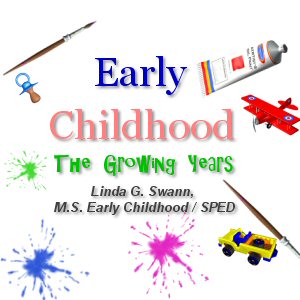Visual and Olfactory Sensory Integration
 Sensory integration refers to the brain’s ability to process sensory input from multiple sensory modalities, the five senses (sight, hearing, touch, smell, and taste), vestibular sense (balance and movement) and proprioception (knowing one’s position in space).
Sensory integration refers to the brain’s ability to process sensory input from multiple sensory modalities, the five senses (sight, hearing, touch, smell, and taste), vestibular sense (balance and movement) and proprioception (knowing one’s position in space).
The visual sense receives input from the eyes. It processes and interprets images seen in the environment.
A child may be hypersensitivity to visual input (over-responsiveness): The child may:
– be sensitive to bright lights and prefer to play in the dark
– be easily distracted by other visual stimuli in the room
– avoid making eye contact
– rub eyes and/or have watery eyes or get headaches when reading or watching TV
– have difficulty keeping focused on task
A child may be hyposensitivity to visual input (under-responsiveness): The child may:
– have difficulty telling the difference between similar letters (p q b d)
– have problem seeing the whole picture focusing on smaller details
– have difficult time locating items among other items
– write at a slant, confuse right and left, be inconsistent with spacing and size of letters and/or have problems lining up numbers in math
– have problem judging spatial relationships, finding differences in pictures, working jigsaw puzzles, copying shapes, and/or cutting/tracing along a line
– make reversals in words or letters and/or read words backwards
– have problem controlling eye movement to track moving object and/or complain of seeing double
The olfactory sense receives input from the nose. It processes and interprets smells in the environment.
A child may be hypersensitivity to smells (over-responsiveness): The child may:
– refuse to eat certain foods because of their smell
– dislike perfumes and or cooking smells
– refuse to go into certain buildings because of the way they smell
– be nauseated by bathroom odors
– talk about the way people smell
A child may be hyposensitivity to smells (under-responsiveness): The child may:
– not notice unpleasant odors
– smell objects to interact with them
– have difficulty discriminating unpleasant odors
– not identify smells from scratch ‘n sniff stickers












